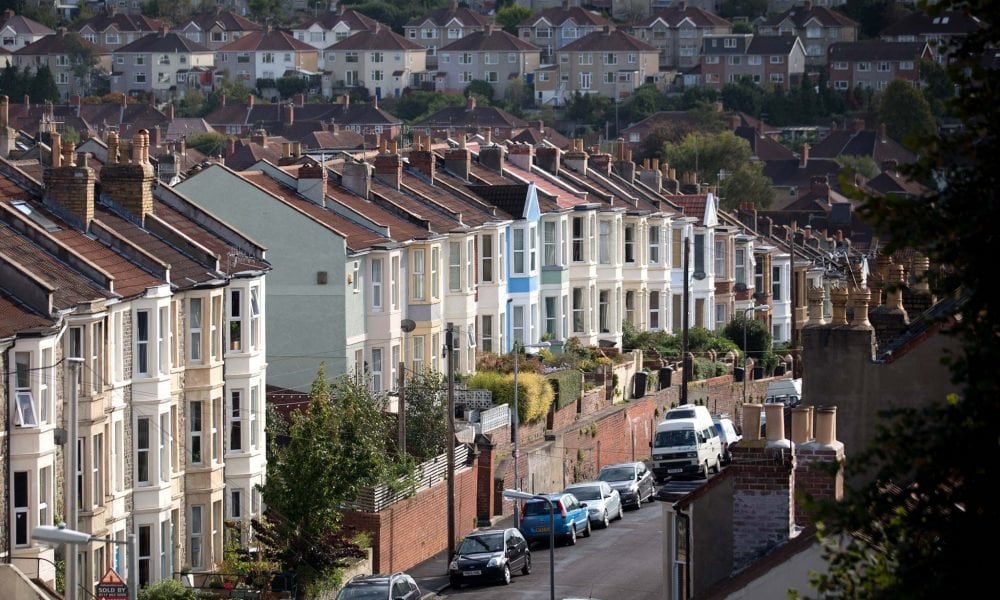
Experts Warn Outer Suburbs Are at Risk of Falling Behind On Their Mortgages

A new report shows the outer suburbs located between 30-40 km outside Australia’s major cities and CBDs are at most risk of falling behind on their mortgages. This, despite the high interest-only loans and high investment shares in the inner-city areas.
The Study
Moody‘s renowned analysts Ilya Serov and William Chung crunched the numbers to determine the mortgage delinquencies rates were higher in the outer suburbs compared to the major cities and CBDs. Despite the affordable mortgage rates in the outer suburbs, Chung and Serov claim the citizens still have a hard time paying their mortgages on time due to higher loan-to-value (LTV) ratios.
Both Chun and Serov wrote how their analysis showed the mortgages shares with at least 30 days in arrears in Australian capital cities averages 1.1% in areas within the 5-kilometer range of CBDs, compared to an astounding 1.9% in the outer suburbs.
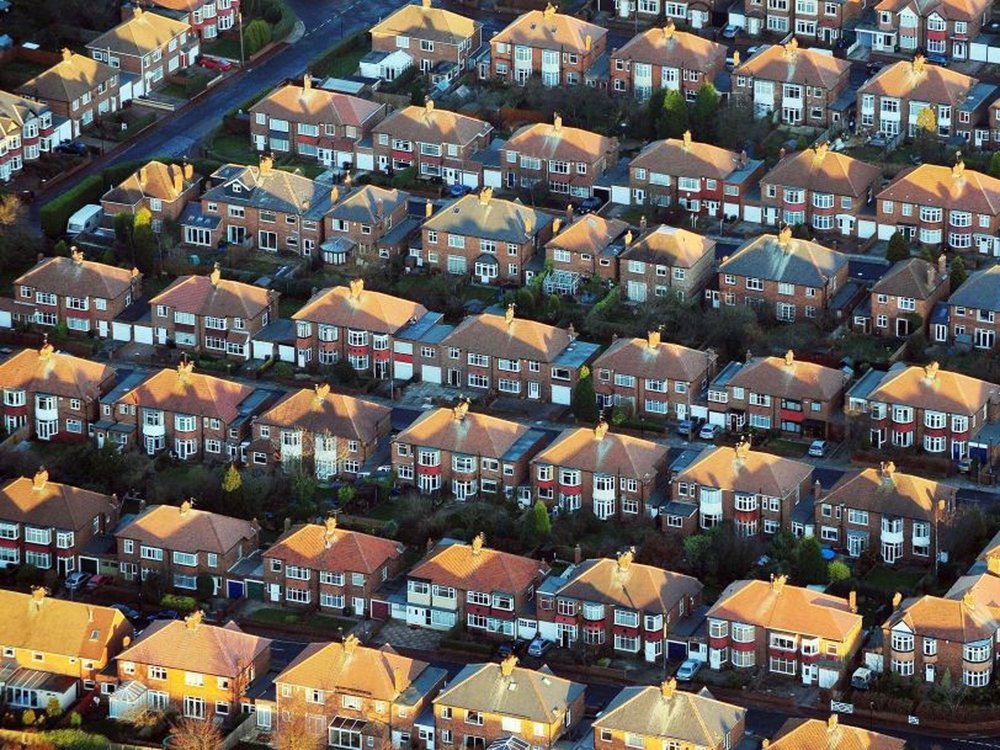
According to the researchers, the Mortgage LTV ratios in outer areas are higher than in inner-city areas. They believe this reflects the people’s lower average incomes in outer suburbs.
They add how the people living in outer suburbs have less capacity to repay their mortgages above their scheduled minimum required balances. This means their mortgage loan amounts are paid smaller and slower while the LTV remains high (and continues to increase over time).
Higher LTV increases the risk of their default. It also decreases the equity in their properties to absorb losses in case a default occurs. Despite this analysis, both researchers emphasize that CBDs are out of trouble now.
The CBD Reports
According to both researchers, the delinquency rates in major Australian CBDs like Adelaide, Brisbane, Melbourne, and Perth are slightly higher which reflect the CBDs high mortgages shares on investment properties.
The report adds how the delinquent investment loan accounts in suburbs within the 54-kilometer range around Melbourne CBD only amount to 57% of all mortgage delinquencies. According to the report, most businesses and investors tend to pour their mortgage shares in these areas due to potential economic growth. In any event of a prolonged downturn in defaults, house prices, and mortgage delinquencies, the high investment shares, and interest-only loans can offset the impact.
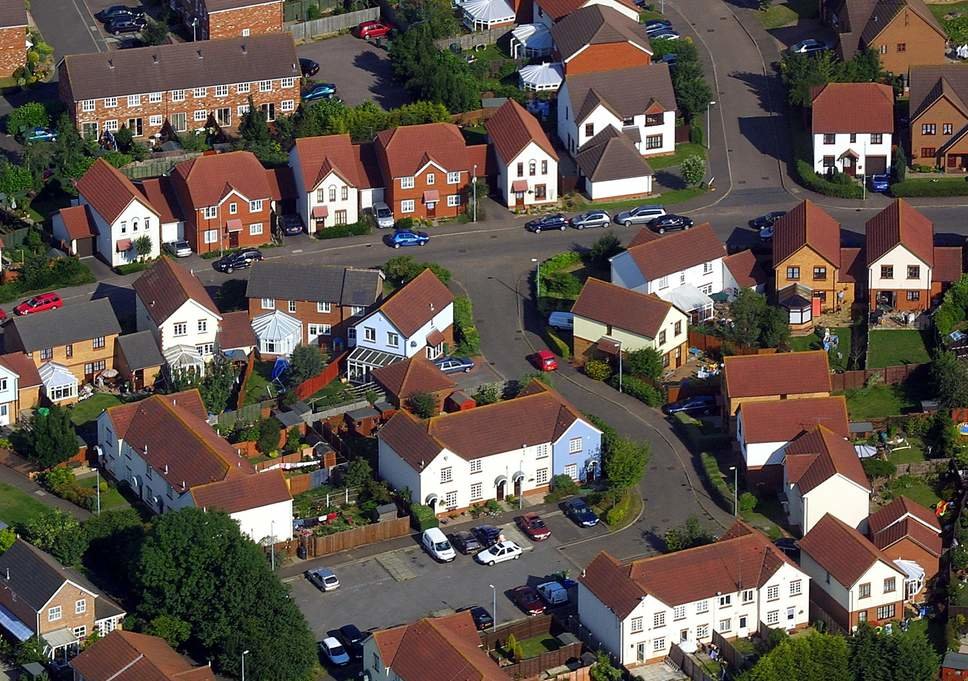
These factors result in a high share of interest-only loans within these CBDs.
Furthermore, the report shows they expect defaults and delinquencies to remain lower in inner-cities compared to outer suburbs. According to both researchers, the interest-only loans and housing investment continue to perform well for the past few years, despite the rising housing property prices and the volatile economic conditions of the country.
However, the current interest-only mortgages are set to convert to interest and principal loans for the next two years, which may increase the risk of mortgage delinquencies in the CBD areas.
The Warning
According to the researchers, the borrowers in the CBD areas may be forced to make higher monthly repayments by then, which can lead to the increase of mortgage delinquencies. In addition, the performance of interest-only loans and investment is sensitive to the decline of housing prices, since borrowers mainly rely on price gains to earn an ROI on their properties.
As of November 2017, the Total Australian mortgage market was at $1.6 trillion, with more than $1.07 trillion of mortgages were offered to the owners and $560 billion to mortgage investors according to the background paper released by the Banking Royal Commission.

The report shows how the continuous decline of affordable housing prices can hamper the borrower’s ability to extend their mortgage terms or even in availing of a refinance.
The average residential loan amounted to $264,000 while the interest-only loans amounted to $347,000. Another $314,000 was issued for loans with offset facilities. According to Standard and Poor’s estimates, the prime mortgages with more than 30 days of arrears had declined as of February this year.
Only 0.6% of Australia’s prime mortgages have arrears of more than three months, and around 1.5% of nonconforming mortgages have arrears with 90+ days in other areas. Moreover, the housing prices plummeted to 3.7% as of September 2018, the biggest and fastest decline in Australia since 2012.
More in Loans & Mortgages
-
Why American Consumers Are Falling Behind on COVID-Era Debt
When the world was grappling with the health crisis brought on by COVID-19, the U.S. economy faced an equally formidable challenge:...
November 27, 2023 -
Dr Dre and Ex-Wife Nicole Young Finalise $100m Divorce Settlement
After months of legal proceedings, Dr Dre, the legendary rapper, producer, and businessman, officially brought his tumultuous divorce from ex-wife Nicole...
November 22, 2023 -
5 Tell-Tale Signs That It Is Time to Say Goodbye to Your Current Job
Are you feeling like your job is more like a ball and chain than a fulfilling career? The daily grind, the...
November 19, 2023 -
WWE Signs $1.4 Billion Broadcasting Contract for SmackDown
In an explosive turn of events, World Wrestling Entertainment (WWE) has just unleashed some earth-shattering news for its legions of fans....
November 9, 2023 -
Navigating the Mortgage Maze as Interest Rates Take a Historic Leap
The U.S. housing market is nothing short of a dynamic entity. It evolves, reacts, and sometimes, just like the current real-estate...
November 3, 2023 -
Celebrity Couples Where the Woman Has a Higher Net Worth
In a world where gender roles and financial dynamics constantly shift, it’s not unusual to find celebrity couples where the woman...
October 27, 2023 -
Why the Gender Pay Gap Could Be Worsening
Picture this: Two college students, Alex and Charlie. Both are bright, have the same interests, and are ready to embrace the...
October 19, 2023 -
JC Penney’s Remarkable $1 Billion Revival Plan
In a remarkable turnaround, JC Penney unveiled a bold $1 billion revival plan, breathing new life into a brand that faced...
October 12, 2023 -
Shattering the American Dream: Mortgage Rates, Inflation & Cost of Living
You know that feeling when you are dreaming of something you have wanted for so long, only to watch it vanish...
October 6, 2023





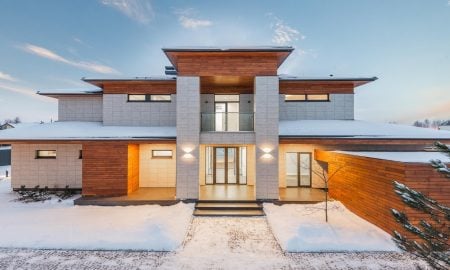



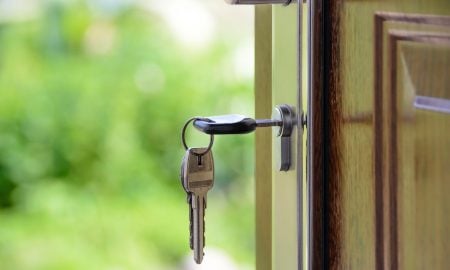





You must be logged in to post a comment Login